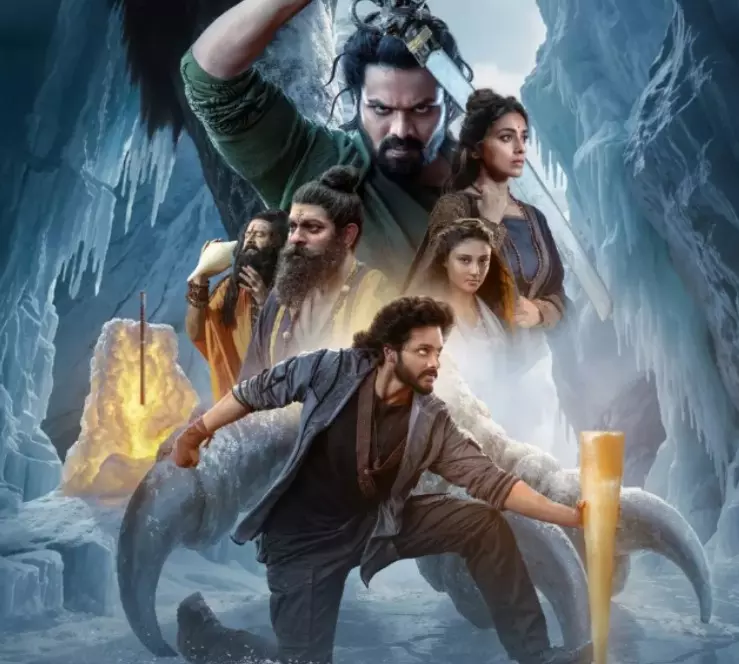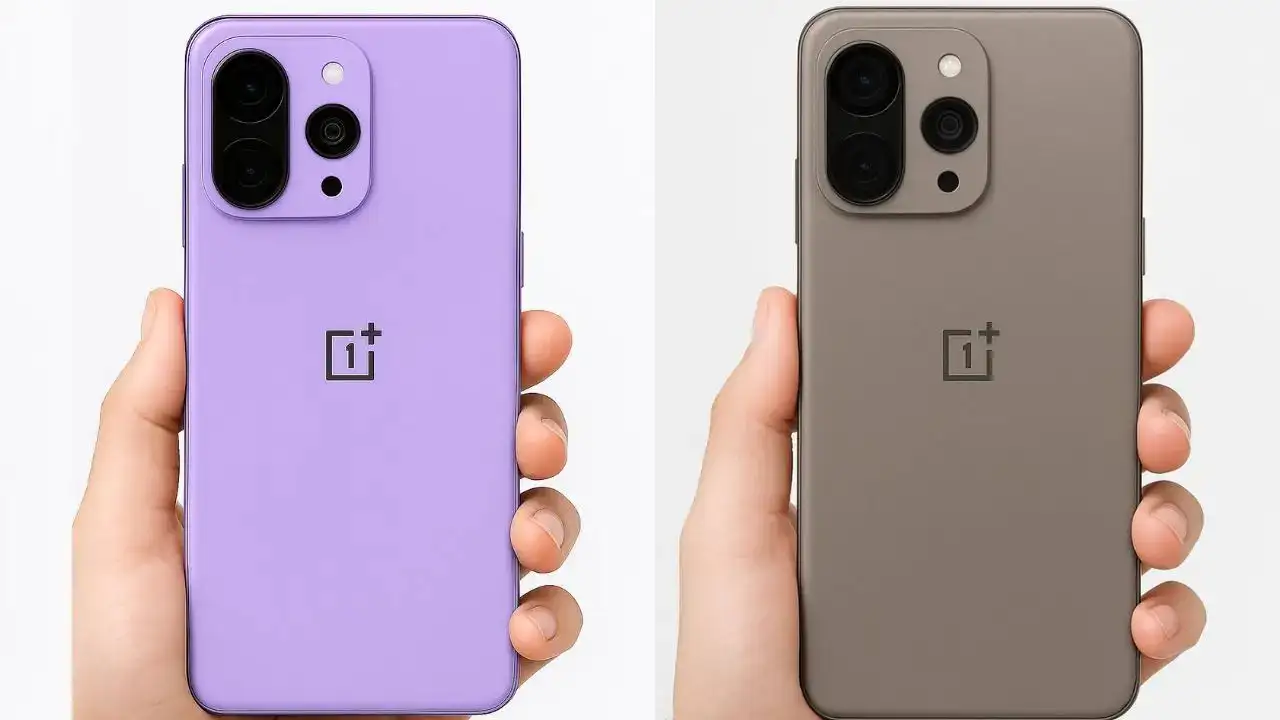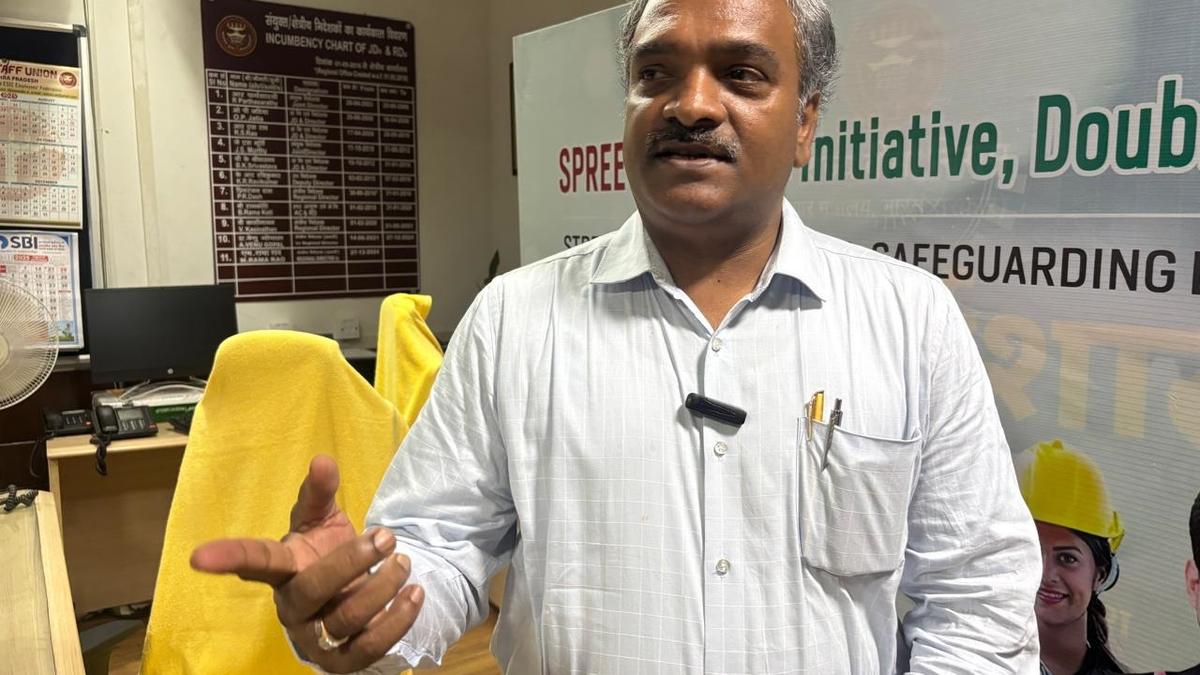By Subhash K. Jha
Copyright deccanchronicle

In an industry where massive budgets often equate to grand spectacles, two films have defied the norm. “Mirai” and “HanuMan,” with budgets of Rs 80 crore and Rs 40 crore respectively, have delivered visual grandeur and storytelling that rivaled—and in some cases surpassed—big-budget films like “Pushpa 2” (`580 crore) and “Kalki 2898AD” (`600 crore). Ram Gopal Varma, director, screenwriter, and producer, is full of admiration for the film’s vision and execution. “If the special effects in Mirai surpass Pushpa 2 and Kalki, then the problem isn’t technology — it’s budgeting,” he says. According to Ramu, the root of the issue lies in a lack of technical awareness among filmmakers. “Directors often rely blindly on expensive VFX vendors. One company quoted `18 crore for a sequence, another Rs 22 crore — the filmmaker chose the higher bid, assuming better quality. That’s a misconception. Understanding the VFX process is key to cutting unnecessary costs.” This insight explains Mirai’s shockingly lean budget. Director Karthik Gattamneni’s fluency in VFX allowed him to execute complex sequences efficiently. “If other filmmakers understood the technology as well, even mega-budget films like Kalki and Pushpa could be made at a fraction of their current costs,” Ramu adds. Why ‘Mirai’ worked Trade analyst Taran Adarsh highlights the strategic factors behind Mirai’s success. “It operates in a different league than colossal spectacles like Empuran or Kalki. Its box-office performance stems from strong content: the interval block, select second-half dramas, and a gripping finale all resonated with audiences. Despite a release alongside multiple films, positive word of mouth propelled ticket sales day by day.” The film’s visual success has already influenced industry decisions.



